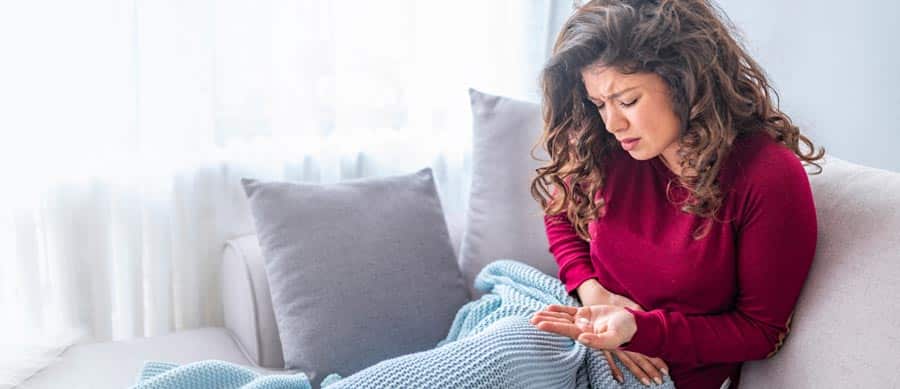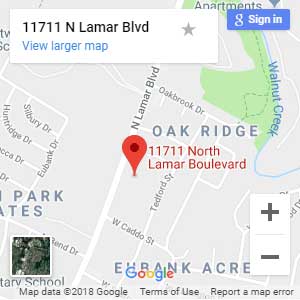Opioid abuse and addiction are common in the U.S. and many people try to detox on their own without medical intervention. If you are addicted to prescription opioids or heroin and you’re trying to get sober, you may be searching for help to detox.
Table of contents
The Thomas Recipe is a popular at-home detox routine but it has many shortcomings and risks. Ultimately, completing a medical detox program is the safest and most effective way to detox from opioids. Trying to detox from opioids on your own can be highly uncomfortable, dangerous, and is likely to lead to relapse.
What is the Thomas Recipe?
The Thomas Recipe is a strict at-home self-detox routine that was created by a veteran prescription opiate addict.1 It uses supplements, vitamins, and prescription drugs over the course of two weeks or longer to ease the discomfort of opioid withdrawal. Although the Thomas Recipe is frequently discussed and recommended in online forums, there is no documented scientific evidence that it works consistently.
How to Use the Thomas Recipe for Opiate Withdrawal
The major components and ingredients of the Thomas Recipe include:
- Taking supplements like potassium, zinc, phosphorus, vitamin B6, vitamin C, magnesium, and L-Tyrosine to reduce electrolyte imbalances caused by vomiting and diarrhea and improve energy levels.
- Eating bananas to reduce stomach upset and increase energy.
- Taking Imodium (loperamide) to relieve symptoms of diarrhea.
- Using benzodiazepines to combat anxiety, stress, seizures, and sleep disturbances.
- Staying close to a shower and toilet.
- Beginning a mild workout as soon as possible to produce natural endorphins.
The Thomas Recipe vs. Medical Detox
Although the Thomas Recipe might seem like a welcome solution for opiate withdrawal, there are many issues and risks to consider before committing.
- Getting all the ingredients for the Thomas Recipe can be difficult because it includes prescription medication. Many people struggle to get a valid prescription and may resort to getting these drugs illegally through friends or buying them online, which is very dangerous.
- The benzodiazepines required can be addictive and are dangerous to dose on your own, especially if you got them from a friend and they were not prescribed for you.
- It is difficult to find a supplement containing the right amounts of vitamins and minerals.
- The Thomas Recipe is not guaranteed to provide relief from all opioid withdrawal symptoms.
- The ingredients may interfere with other medications you’re taking or health symptoms you have.
- The Thomas Recipe doesn’t include supervision from medically-trained professionals.
- The Thomas Recipe doesn’t provide peer support during and after detox.
When compared with medical detox, The Thomas Recipe is less reliable, much riskier, and is more likely to result in relapse.
How to Get Through Opiate Withdrawal
Opioid withdrawal can be extremely difficult and uncomfortable, especially without medical treatment or support. Symptoms of opioid withdrawal usually start between 12 and 30 hours after the last dose and they can range from mild to severe. Possible medical complications like aspiration, dehydration, and seizures can become dangerous and the likelihood of relapse is high without medical supervision.
Although at-home self-detox methods like The Thomas Recipe, kratom, quitting cold turkey and using supplements and hydration to combat withdrawal symptoms are all frequently touted as being effective, they are rarely effective and can be dangerous to your health.
The safest and most effective way to get through opiate withdrawal is with medical assistance. Trained staff members at a detox center or general hospital (if your symptoms are very severe) can provide medical treatment with medicines like:
- Methadone
- Buprenorphine
- Clonidine
- Benzodiazepines
- Other over-the-counter medications that treat vomiting and diarrhea
- Naltrexone
- Suboxone (buprenorphine and naloxone)
In a medical setting, you’ll also receive clinical support via depression and mental illness screenings to reduce the risk of relapse. Doctors may also prescribe antidepressants if necessary.2
After you’ve broken your physical dependence on opioids, your treatment team will also be available to help guide you through the next steps in the treatment process, which may include inpatient drug rehab, outpatient drug rehab (IOP), or sober living. Recovery support groups like Narcotics Anonymous (NA) can also be very helpful for people who are recovering from opioid addiction.
Professional Help for Opiate Withdrawal Is Available
Choosing to get sober and go through opiate withdrawal is an extremely brave decision and a challenging endeavor, but with professional treatment and support, living a happy, healthy sober life is possible.
At Briarwood Detox Center, we have helped countless people overcome opiate addiction with individualized medical detox programs. Our compassionate staff has the experience and knowledge to safely treat opiate withdrawal symptoms to increase your comfort throughout treatment and greatly reduce the likelihood of relapse with clinical support.
If you’re wary of the Thomas Recipe but you’re ready for a fresh and sober start, call (888) 857-0557 today for more details. We accept most forms of insurance and we are here to help.
References:


